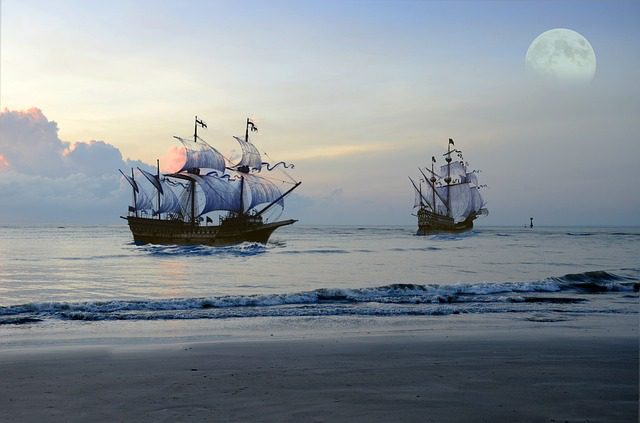In business the ultimate goal is growth. Organisations like Amazon, Google and Apple are the epitome of this success. Whether you like it or not your life is impacted by their movements. These global powerhouses are only possible because of their predecessors. Organisations that paved the way for commercial dominance on a different dimension, such as the Dutch East India Company. A business so powerful it stretched far beyond controlling smartphone markets and fulfillment centres, it could establish colonies and start wars.
The Dutch East India Company
It began in 1602 and lasted until 1800 and at its peak the Dutch East India Company held a complete monopoly over the incredibly lucrative spice market. During the 1500s the spice market was growing at a rapid rate, but the bragging rights belonged to the Portuguese as the reigning naval force within the region. However, by the end of the 16th century they were unable to keep up with supply which provided the Dutch with an opportunity. It’s important to note that during this time the Dutch were at war with the Spanish and when Portugal backed the latter, it meant pursuing the spice trade would not only fund their military efforts but hurt their enemy’s wallet too. It wasn’t always a collective effort. With the spice trade offering glory and riches many 16th century entrepreneurs setup individual companies and funded voyages to what was then known as East India. It was high risk investing on an unbelievable scale. Their ships either returned filled as vessels filled with products they could make outrageous margins on. Or they simply never returned.
Unification And Beginning
It became clear to Dutch leaders that unifying these businesses could turn a group of trading companies into a weapon that could defend Dutch independence. In 1602 the Dutch government funded the company’s start-up and gave it the power to make treaties and raise armies. All to keep a tight grip on the financially prosperous spice market. Although it struggled against the English East India Company in the early 17th century, by 1659 it had tightened its grip throughout Asia and controlled the entire Sri Lankan coast. Over the next 17 years the juggernaut would continue to surge, setting up posts in Persia, Africa, and all throughout Asia. By 1669 the Dutch East India Company was the richest organisation on the planet.
Fall Of The Dutch East India Company
Nothing lasts forever, not even for the largest company in the world and by the late 17th century things were beginning to fall apart. The Dutch were at war with the English and this conflict diverted naval resources from the business effort. Smaller companies capitalized on this lapse in commercial focus and bit by bit the Dutch East India Company lost control. There were other factors too like the exceptionally high mortality rate for it’s voyaging employees, leaving a string of lost workers and resentful survivors. Poor financial management, changing demand for spices and Dutch atrocities in Asian communities also played a role and throughout the early 19th century, what was once the world’s largest organisation simply disappeared.
Company’s Significance
This incredible organisation actually shaped much of modern business as one of the world’s first limited liability shareholder companies. More than that it showed what was commercially possible given the right capital, resources, market timing and ruthlessness on its way to becoming the world’s first multinational company. One that paved the way for centuries of business culminating in the powerhouses that impact our everyday lives in 2019.

